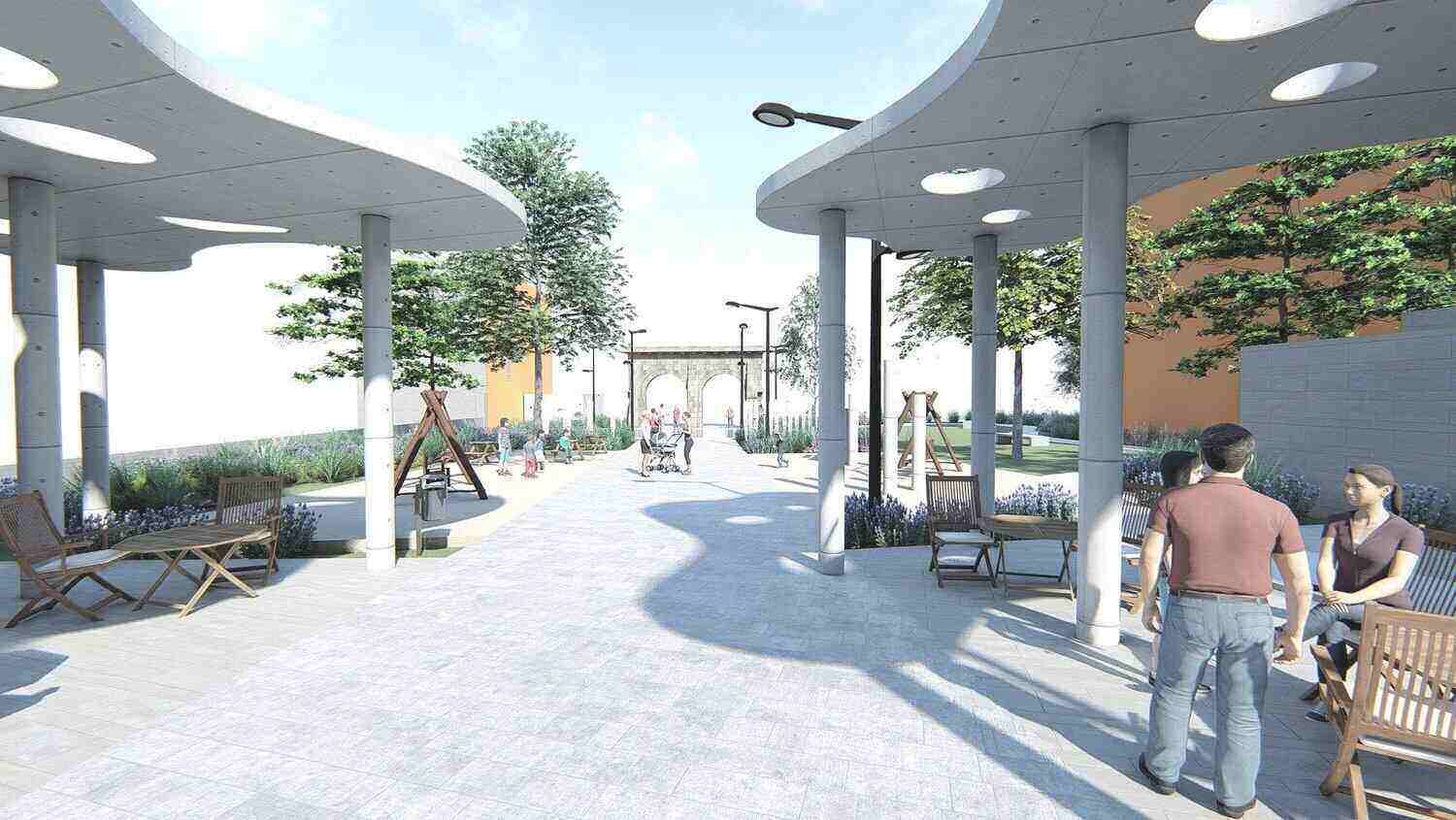Most people think landscapes are all about plants or design. But the truth is that soil is where it all begins. If the soil is messed up, nothing else really holds. That is why soil remediation goes beyond farms or large properties. Even small yards and garden areas need it.
Here are some straightforward ways people are fixing soil the right way. Just real solutions that actually work and last.
Effective Ways to Fix Your Soil and Make Outdoor Spaces Last for Years
Test the Soil Before Doing Anything
You cannot fix something if you do not know what is wrong. Testing the soil shows what is missing. Maybe the pH is off. Maybe it is too salty. Maybe there are not enough nutrients. A simple lab test or a good home test kit tells you what you are working with.
This first step saves a ton of time and prevents failed planting later. Even a skilled farmhouse landscape designer will not go further without checking the soil.
Add Compost Like It is Gold
If soil feels dead, compost brings it back to life. It is packed with stuff the ground loves. It helps loosen up the soil if it is tight. It also locks moisture and boosts nutrients over time.
You do not need to overthink compost. Kitchen scraps, dead leaves, and some grass clippings. Just make sure it is all broken down. Mix it into the top few inches or layer it on top and let it settle in.
Use Plants That Clean and Open the Soil
Cover crops are not just for farms. They work wonders in backyards too. Radishes, clover, rye, these send roots deep down. The process breaks through the hard layers and allows water to flow more freely.
Once they grow, cut them and leave the roots to break down. That feeds the soil right where it needs it. They also block weeds and hold the topsoil in place while the land repairs itself.
Fix Compacted Soil by Gently Loosening It
Too much foot traffic or heavy things on the ground can press the soil so tight that roots cannot grow. You can fix this by gently loosening it. A broadfork or digging fork does the job. Just press it in and rock it back. Do not flip the soil too much. Otherwise, it can ruin the layers.
In larger spaces, you can also use low-impact tools or even animals, like chickens, to help break the topsoil surface naturally.
Let Mulch Do the Protecting
Mulch sounds boring, but it is a quiet worker. It stops the sun from drying out the soil. It blocks weeds. It keeps the ground cooler. And when it breaks down, it feeds the microbes underneath.
Some garden design and build experts use stuff like wood chips, leaves, or even straw. One vital thing is to keep it off plant stems. A few inches is enough to hold the whole thing together while the soil heals.
Skip the Chemicals When Healing Soil
It is tempting to dump in fast fertilizers or sprays, but most of them harm the microbes in the soil. The living part of the soil is what holds the thing up. Focus on natural inputs. Give it time. Soil does not change overnight, but it does change when treated right.
Wrapping Up!
Good soil is not a trend. It is the real base of any landscape that is going to stick around. You can design all you want, but if the soil is dry, packed, or starved, nothing works right.
These steps above are not fancy. They are just honest fixes that keep your ground strong and your plants happy for the long run. Let the ground breathe again. Let it live. That is where everything starts.





